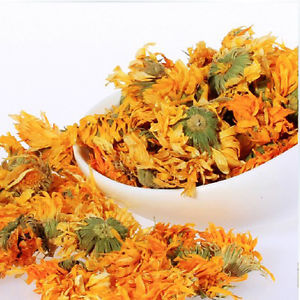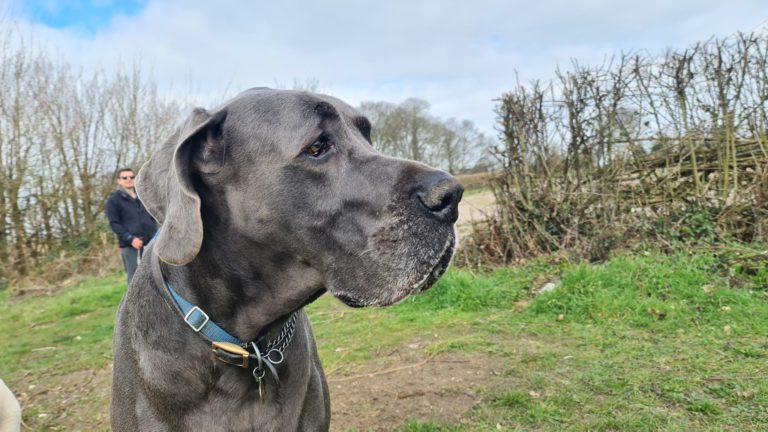Is Bee Pollen good for dogs?
So what’s the buzz about bee pollen? You wouldn’t think it, but yes, bee pollen is good for dogs! In this article we’ll take a look at some of the many benefits of giving your dog bee pollen, where to get it (in an easier way than finding it in flowers), and how to give it to your dog.
What is bee pollen and how is it absorbed?
Made from the male seed of flowers, bee pollen is roughly forty percent protein. Approximately half of this protein is made up of free-form amino acids, which require no digestion. They are immediately absorbed and used by the body, regardless of whether your pet is an omnivore or carnivore (and they’re a carnivore, right?).
The buzz about bee pollen for dogs
Did you know that bee pollen can improve your dog’s immunity to allergies? Yes, who would’ve thought? But that’s not even scratching the surface of what bee pollen can do!
Bee pollen is high in the bioflavonoid rutin which strengthens capillaries, protects against free radical damage, and has anti-inflammatory effects. Rumour has it one can survive on bee pollen and water alone, but please don’t take my word for that one!
Along with helping with allergies, bee pollen can also be used to treat an array of ailments, from skin conditions to chronic pain.
How can bee pollen benefit your dog?
I’ve already mentioned some big plus points, but regular use of bee pollen, in conjunction with a raw, species appropriate diet or natural pet food, can achieve the following:
- Boost your dog’s immune system
- Correct a deficient or unbalanced diet
- Aid and improve healing
- Increase energy and vitality
- Help maintain a healthy weight
- Help your dog live longer
- Regulate the digestive system
- Protect against inflammation
- Help treat skin conditions
- Help treat chronic pain
Experiments with bee pollen have shown that the pollen contains antibiotic factors that inhibit the growth of bacteria, meaning that not only will your dog’s immune system get a boost from bee pollen to help fight off sickness, but he will have less of a chance of catching any bugs to begin with.
Bee pollen can also improve your dog’s appearance by helping to keep skin and coat smooth, soft, and healthy. It promotes healthy cell growth and can rejuvenate the body, delaying premature aging and keeping your dog healthy and active for longer.
How and where to buy bee pollen
As always, the quality of the product being used is a key factor. If you want to incorporate Bee Pollen into your pets diet, make sure it is Australian. As is the case with imported pet foods, products imported from other countries may contain additives and are exposed to damaging heat to preserve them which destroys enzymes and eliminates the important health benefits the natural product offers.
In order for the pollen to be effective for allergies, it must be locally sourced, and never exposed to harmful heat. Make sure you buy it in grain form – here’s a number of options.
Important – How to give bee pollen to your dog
Please note that like people, dogs can have allergic reactions to bee pollen, including wheezing, breathing problems, and even anaphylactic shock. Start with a few grains of bee pollen and check your pet’s response. If he shows no symptoms of discomfort, give additional grains the next day, and slowly increase the amount over several weeks to a maintenance dose of 1/3 teaspoon per 5kg of body weight per day, mixed with food. Bee pollen can also be blended with honey.





